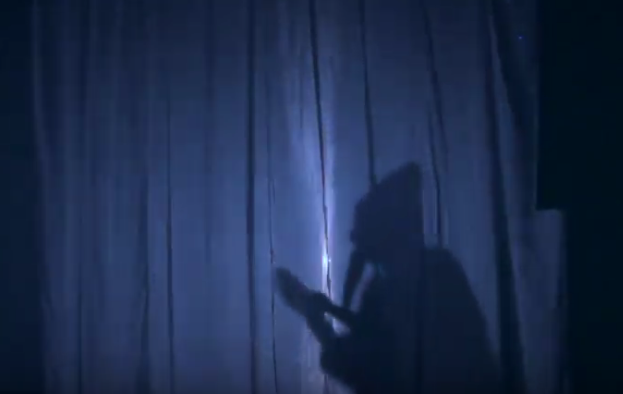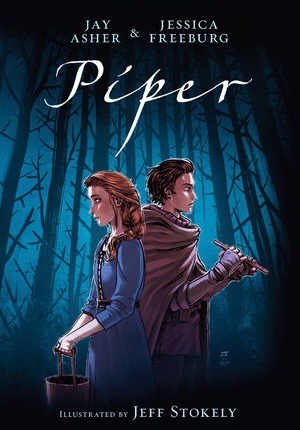A Pinocchio Tale That Isn’t Wooden
A review of Charlie Petch’s Daughter of Geppetto.
By Derek Newman-Stille

In their performance “Daughter of Geppetto”, Charlie Petch takes the fundamental idea of Pinocchio – “I want to be a real boy” – and turns it into a Trans tale, asking questions about what “real boy” means and the questions this poses about gender and performance.
Petch performs a one-person play, using multiple media including a sound board that lets them echo sounds and play with soundscapes to provide context for their act of storytelling, music performed by Petch, and shadow puppetry to invite the audience to think about ideas of echoed voices, overlapping waves of sound and the idea of puppetry itself (since Pinocchio is, ultimately, a puppet). Petch brings attention to the ways that theatre is made and the theatricality of theatre, breaking down the boundaries between audience and stage. They invite their audience to think about performance itself and the ways that we perform our identities off stage, pointing to the scripted way that we express gender in our society.
Like much of Petch’s work, “Daughter of Geppetto” defies simple categorization, encompassing theatrical performance, puppetry, musical performance, spoken word poetry, and fairy tale.
“Daughter of Geppetto” illustrates the craving and need for fairy tales in the Trans community and the power that fairy tales have to shift and change and adapt to new voices. For a community that is constantly being told about tradition and that we don’t fit into tradition, the idea of adapting fairy tale traditions for the Trans community is important because we need these stories. We need to play with our fairy tales and see ourselves in and through them.
“Daughter of Geppetto” is a powerful, evocative, and, yes, transformative tale. It is beautifully dark while also delightfully light and playful. It is new and innovative while also playing with and illustrating the magic of traditional tales.
To find out more about Charlie Petch, visit their website at http://www.charliecpetch.com
Check out a trailer for “Daughter of Geppetto” here https://youtu.be/YYt5NHfYB_U



